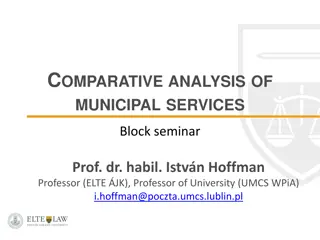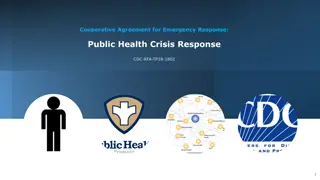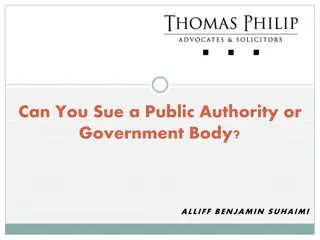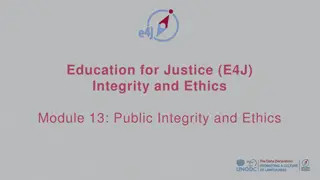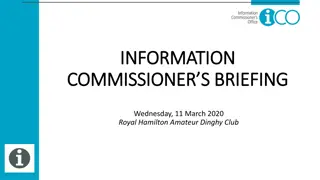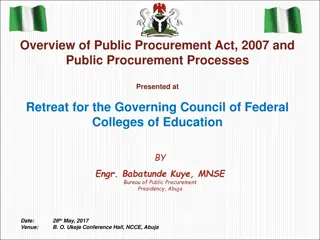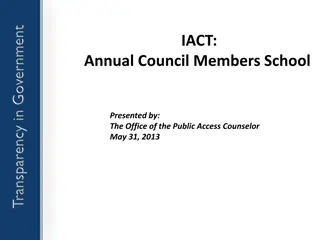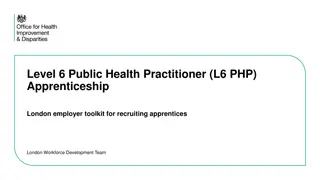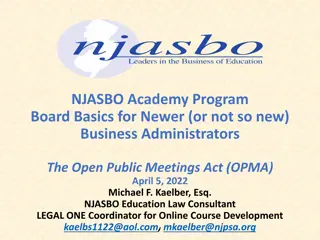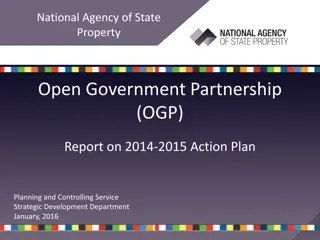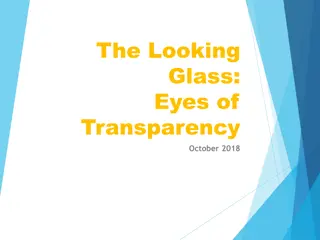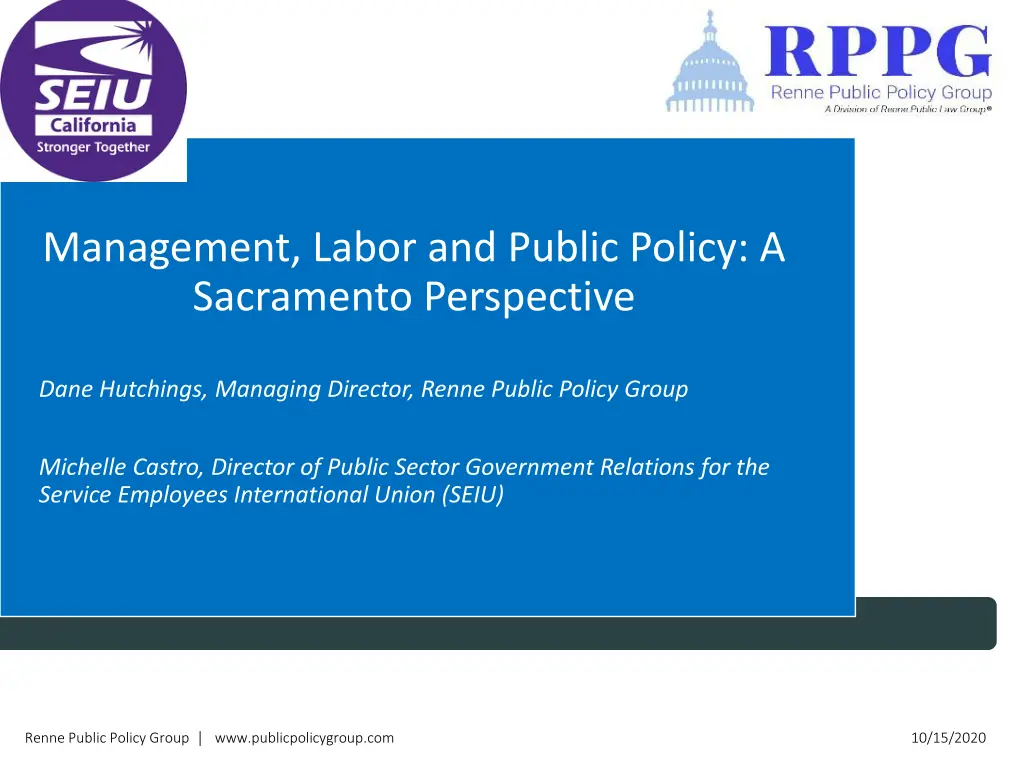
Labor-Management Divergence in State Policy: Challenges and Collaboration
Explore the impact of COVID-19 on the 2020 legislative process in Sacramento, highlighting divergent interests between public sector labor and management. Discover key policy challenges and potential areas for collaboration in 2021.
Download Presentation

Please find below an Image/Link to download the presentation.
The content on the website is provided AS IS for your information and personal use only. It may not be sold, licensed, or shared on other websites without obtaining consent from the author. If you encounter any issues during the download, it is possible that the publisher has removed the file from their server.
You are allowed to download the files provided on this website for personal or commercial use, subject to the condition that they are used lawfully. All files are the property of their respective owners.
The content on the website is provided AS IS for your information and personal use only. It may not be sold, licensed, or shared on other websites without obtaining consent from the author.
E N D
Presentation Transcript
Management, Labor and Public Policy: A Sacramento Perspective Dane Hutchings, Managing Director, Renne Public Policy Group Michelle Castro, Director of Public Sector Government Relations for the Service Employees International Union (SEIU) Renne Public Policy Group www.publicpolicygroup.com 10/15/2020
Agenda How COVID Impacted 2020 Legislative Process? Where Public Sector Labor and Management Interest Diverge in State Policy Challenges for Management and Labor Advocates in State Policy 2021 Employer/ Employee State Legislative Outlook Possible Areas of Labor / Management Collaboration in 2021
How COVID Impacted 2020 Legislative Process? A few months made a huge difference: January 2020-- Largest budget surplus in recent memory. Major allocations proposed for: education, expanded social services, pension obligations, environmental programs and homelessness funding Governor s State of the State focused on housing and homelessness doubling down on the Marshall Housing Plan of 3.5 million new homes over the next decade. March 2020 and beyond COVID-19 imposed statewide lockdown, projected $54 billion budget deficit, two months of legislative delays and the culling of hundreds of legislative proposals. Problems exacerbated by natural disasters and civil unrest. Wildfires burned over 4 million acres (versus 2 million in 2019) Heatwaves contributed to rolling blackouts Dry lighting storms Resurgence of COVID-19 outbreaks Nationwide civil unrest
How COVID Impacted 2020 Legislative Process? Legislative activity limited by COVID health protocols and internal bickering: Each legislative house faced operational, timing and technological challenges Senate: Allowed remote voting, which enabled new partisan stall tactics. Assembly: Banned remote voting, but that led to other delays. Many majority vote bills died on the final evening when the Legislature missed a critical midnight deadline, after which only bills related to the State budget, elections, or tax levy could be heard. Final Tally: Only 432 measures sent to Governor, compared to 1,042 in 2019. This means that every lawmaker had to shelve bills that were important to them do to COVID Expect more of the same in 2021
Where Public Sector Labor and Management Interest Diverge in State Policy Labor POV Management POV Policies that have worked for the state and/or some local jurisdictions that should be adopted locally. (e.g. public sector contracting best-practices) Policies limiting local flexibility creating a one-size fits all approach to local governance. (e.g. public sector contracting limitations) A national trend that is limiting rights to organize, California needs to be a leader (e.g. ensure evolving labor relations in a fair way). Policies that take current bargaining options off the bargaining table and mandate them instead (e.g. union- employee orientations). One bad actor is one too many lets ensure this doesn t happen again (e.g. new tool to allow problems to be solved at the shop steward level). Where one bad actor provides the narrative for a statewide policy (e.g. union-agent privilege)
Challenges for Management and Labor Advocates in State Policy a Management POV Labor POV Often need to play heavy offense. Members expect results on a wide variety of issues that address both a worker and social agenda. Mostly playing defense, trying to amend or stop detrimental bills Bringing a knife to a gun fight (no PAC dollars, often bringing up cost concerns on heart string issues ) Expectations are very high to advance progressive policies (bail reform, wrap around services) Difficult for all public sector advocates to be fully aligned on issues often some seek carveouts. Labor has to compete for priorities among themselves (Education, public safety, trades, etc.) State General Fund, Prop98 v. Non-98. Fights in a zero-sum game. Likely will be exacerbated in 2021 due to budget deficit projections
2021 Employer/ Employee State Legislative Outlook State Budget: Reduction in budget allocations to key agencies due to the $54 Billion shortfall in 2020 and likely another budget shortfall in FY21 amid the COVID-19 pandemic. + still no second Federal stimulus package. Likely further discussions on workers comp and COVID presumptions. May consider something on local agency contracting standards. May consider more COVID-19 protections for all public sector employees. COVID-19 Economic Impact: More funding will be directed to help those directly impacted by COVID-19. May need to respond to additional efforts on police reform that deal with bargaining and that could potentially impact other workers covered by the MMBA. Potentially more COVID-19 protections for essential workers Protecting public sector budgets will be a top priority. Will priorities change if CA receives a second round of federal stimulus dollars?
Possible Areas of Labor / Management Collaboration in 2021 Local Funding! Labor and Management have opportunities to explore local funding through the States budget process Polices that balance worker safety with declining revenues and rising costs Labor and management are most successful when we work together to either protect or restore budget. The state budget is one area where employers and employees must work together to ensure our mutual interest is protected. This will be especially critical in 2021.
Questions/ Discussion Questions/ Discussion Michelle Castro , Director of Public Sector Government Relations for the Service Employees International Union (SEIU) 916-712-5088 Dane Hutchings Managing Director, Government Affairs Renne Public Policy Group (RPPG) 916-230-6935 Dhutchings@publicpolicygroup.com









